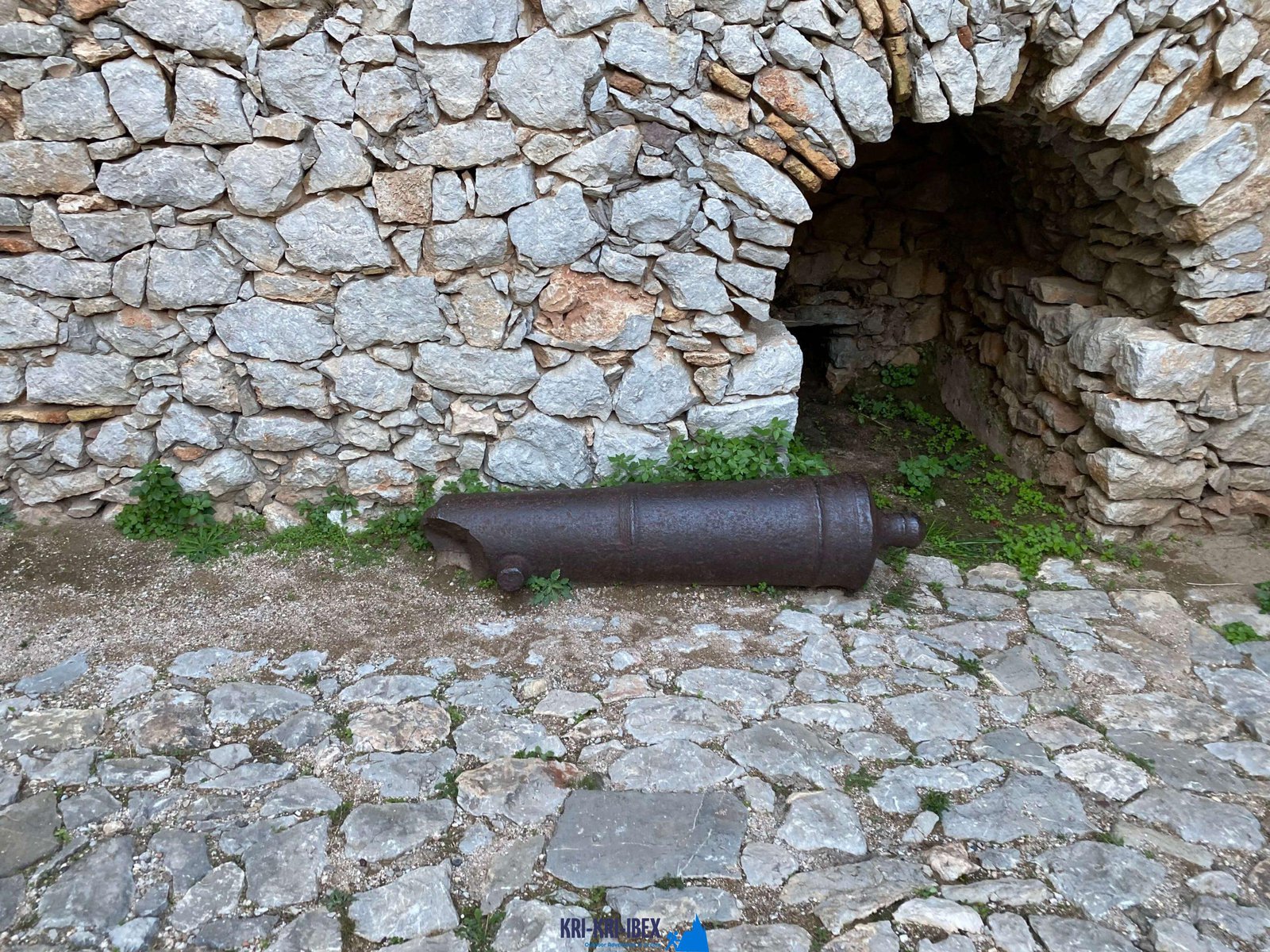Ibex Hunting as well as Free Diving on a Beautiful Greek Island. Come for the Hunt, Stay for the Experience!
Ibex Hunting as well as Free Diving on a Beautiful Greek Island. Come for the Hunt, Stay for the Experience!
Blog Article

Hunting for Kri Kri ibex in Greece is an amazing hunting expedition and also amazing holiday done in one. Ibex searching is typically an extreme experience, but not in this situation! Dive to shipwrecks and spearfishing in old Greece, or appreciate ibex hunting in an exotic locale are simply a few of things you may do throughout a week long ibex hunting trip in Greece. Can you think of anything else?

Hunting the kri kri ibex in Greece can be a difficult endeavor. Searching large game in Greece is tough for foreign hunters. Wild boars and also roe deer are the sole choice for local seekers besides the kri kri ibex, which is just pursued in very carefully secured unique hunting territories such as specific islands. The Kri Kri Ibex and also mouflon can only be fired on unique searching locations from morning up until noontime, according to Greek regulation. Slugs are the only ammunition allowed. You need to schedule at the very least a year in advance for a license. To guarantee that just serious seekers are permitted on these trips, the Greek Ministry of Nature and also Agriculture problems licenses. To make sure that the government issues a particular number of licenses per year.
On our Peloponnese excursions, you'll get to experience all that this fantastic region has to offer. We'll take you on a trip of a few of one of the most gorgeous and historic sites in all of Greece, including ancient damages, castles, and more. You'll additionally get to experience several of the traditional Greek society direct by delighting in several of the delicious food as well as red wine that the area is known for. As well as obviously, no journey to Peloponnese would be full without a dip in the shimmering Mediterranean Sea! Whether you're a skilled hunter seeking a new tourist or a new adventure simply aiming to discover Greece's spectacular landscape, our Peloponnese excursions are perfect for you. So what are you waiting for? Schedule your trip today!
If you're seeking a genuine Greek experience, then look no more than our outdoor searching in Greece with angling, and also free diving scenic tours of Peloponnese. This is an extraordinary method to see every little thing that this fantastic area has to supply. Schedule your scenic tour today!
What is the diference between Kri Kri ibex, Bezoar ibex and hybrid ibex
The kri-kri is not thought to be indigenous to Crete, most likely having been imported to the island during the time of the Minoan civilization. Nevertheless, it is found nowhere else and is therefore endemic to Crete. It was common throughout the Aegean but the peaks of the 8,000 ft (2,400 m) White Mountains of Western Crete are their last strongholds–particularly a series of almost vertical 3,000 ft (900 m) cliffs called ‘the Untrodden’—at the head of the Samaria Gorge. This mountain range, which hosts another 14 endemic animal species, is protected as a UNESCO Biosphere Reserve. In total, their range extends to the White Mountains, the Samaria National Forest and the islets of Dia, Thodorou, and Agii Pandes.
This Ibex is NOT a diminutive form of the Bezoar Ibex, which has migrated into the western-most reach of the range of this species. The kri – kri (Capra aegagrus cretica), sometimes called the Cretan goat, Agrimi, or Cretan Ibex, is a feral goat inhabiting the Eastern Mediterranean, previously considered a subspecies of wild goat. The kri-kri has a light brownish coat with a darker band around its neck. It has two horns that sweep back from the head. In the wild they are shy and avoid tourists, resting during the day. The animal can leap some distance or climb seemingly sheer cliffs.
“The agrimi goat Capra aegagrus cretica is unique to Crete and its offshore islands. It has been identi®ed as a sub-species of the wild bezoar goat Capra aegagrus aegagrus Erxleben, 1777, which it closely resembles in horn shape, body form and coloration. This classi®cation has been disputed by some researchers who claim that the agrimi are feral goats, derived from early domestic stock brought to the island by the ®rst Neolithic settlers. In order to clarify this issue, DNA analyses (cytochrome b and D loop sequences) were carried out on tissue of live and skeletonized agrimi and compared to sequences of wild and domestic caprines. Results conclusively show the agrimi to be a feral animal, that clades with domestic goats (Capra hircus) rather than with wild Asiatic bezoar. This study demonstrates that morphometric criteria do not necessarily re¯ect genetic af®nities, and that the taxonomic classi®cation of agrimi should be revised.”
Report this page